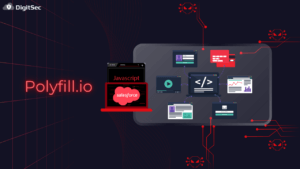The Financial sector includes banks, credit card companies, and insurance providers. Almost every one of these organizations holds large amounts of sensitive data, including valuable PII (Personally Identifiable Information). Due to the highly valued customer information they possess, they are a prime target for threat actors and are 300 times more likely than other companies to be targeted by cybercriminals. In addition to the complexity and the number of stakeholders involved, a breach in the financial services industry can negatively impact customers and investors and disrupt the monetary system.
Reliance on Digital Systems
Financial services rely on digital systems including SaaS applications, online banking, and mobile apps. Many of these organizations rely on Salesforce and Salesforce Financial Services and Experience Cloud. Since Salesforce leverages a Shared Responsibility Model, users are responsible for custom code, compliance requirements, and securing data. The financial services sector is highly regulated and must adhere to various compliance standards. Developing Salesforce applications can create unknown security risks from misconfigurations of user profiles, permission settings, and other vulnerabilities.
Filling the Gap Between Development and Cybersecurity
Development and cybersecurity teams are face several challenges. The main goal of development teams is to deliver business-critical applications promptly to meet the needs of the organizations and users. Application development can be complex, and despite best efforts, they most likely contain major and minor vulnerabilities that create risk. In addition, CI/CD increases the risk of introducing new vulnerabilities due to code changes from multiple developers into a single codebase.
Cybersecurity teams ensure that networks, data, and applications are secure from being compromised externally by threat actors and internally by malicious acts. They are also responsible for meeting specific regulatory compliance guidelines, securing digital assets, performing vulnerability assessments, penetration testing, and following proper cyber hygiene. These teams are overburdened by the ever-evolving threat landscape, skills gap, and the increased number of cyber threats.
How can this gap be closed? Here are several ways that organizations can achieve this:
- Transparency – teams need to collaborate with a common goal of balancing the needs of the business with cybersecurity initiatives.
- Understanding the risks – create a mindset of the importance of cybersecurity within the team.
- Establish standards – working towards a common goal, teams can create an efficient and effective DevSecOps culture.
- Educate – understand the risks and implement best practices.
DigitSec is a comprehensive Salesforce code and config security scanning platform that is easy to use, delivers immediate value, and provides a positive business impact. DigitSec is an ideal solution for cybersecurity teams and developers to find security vulnerabilities, recommend corrective action before deployment, and enable faster delivery of secure applications. DigitSec is SOC 2 Type 2 compliant, following internal best practices of security controls, policies, and procedures.
To find out how financial services organizations can find, correct, and mitigate risk in their Salesforce application development, visit us at www.digitsec.com or email us at sales@digitsec.com.





